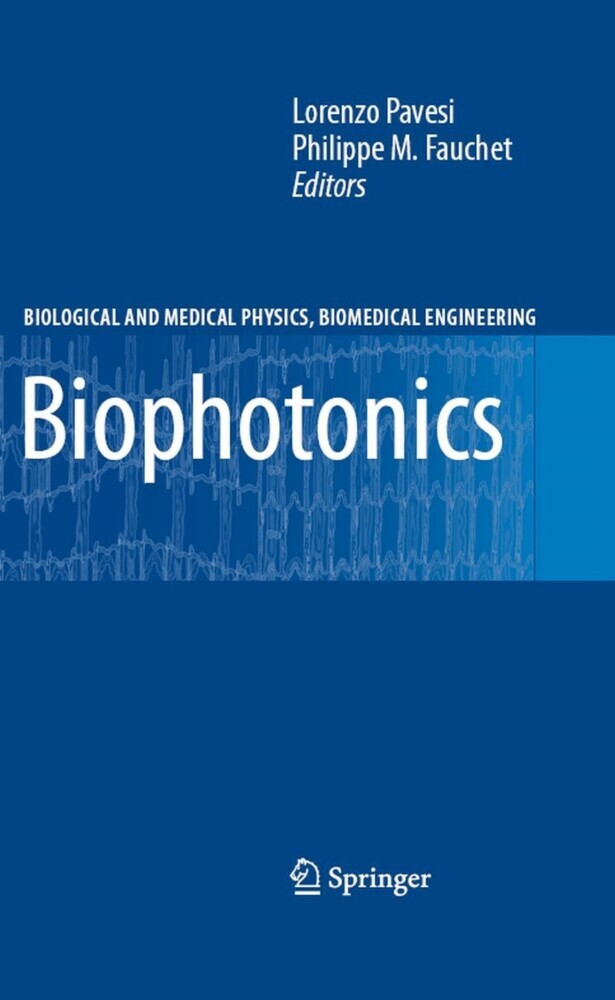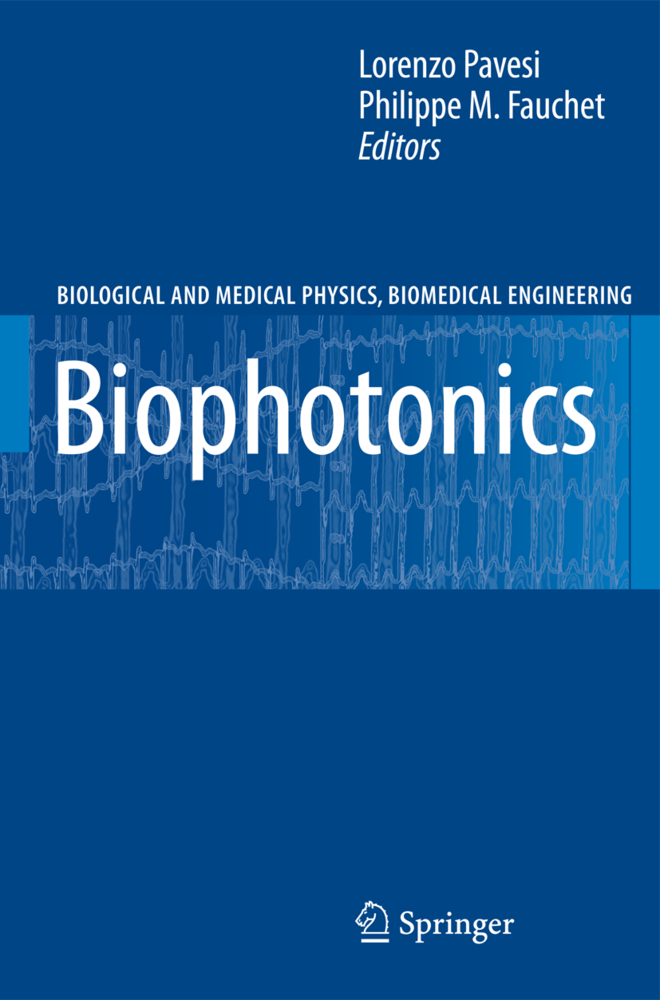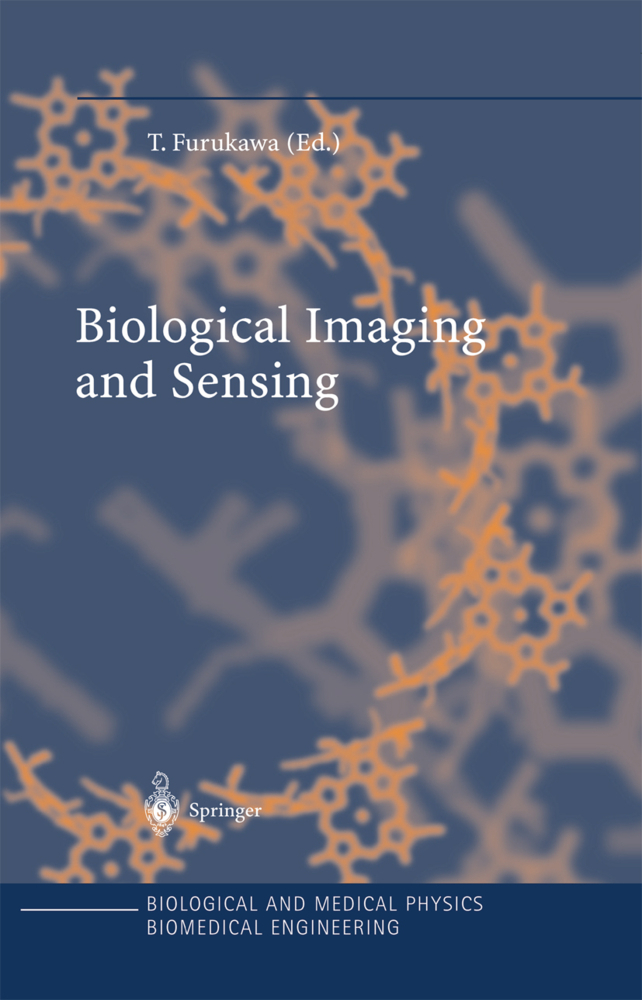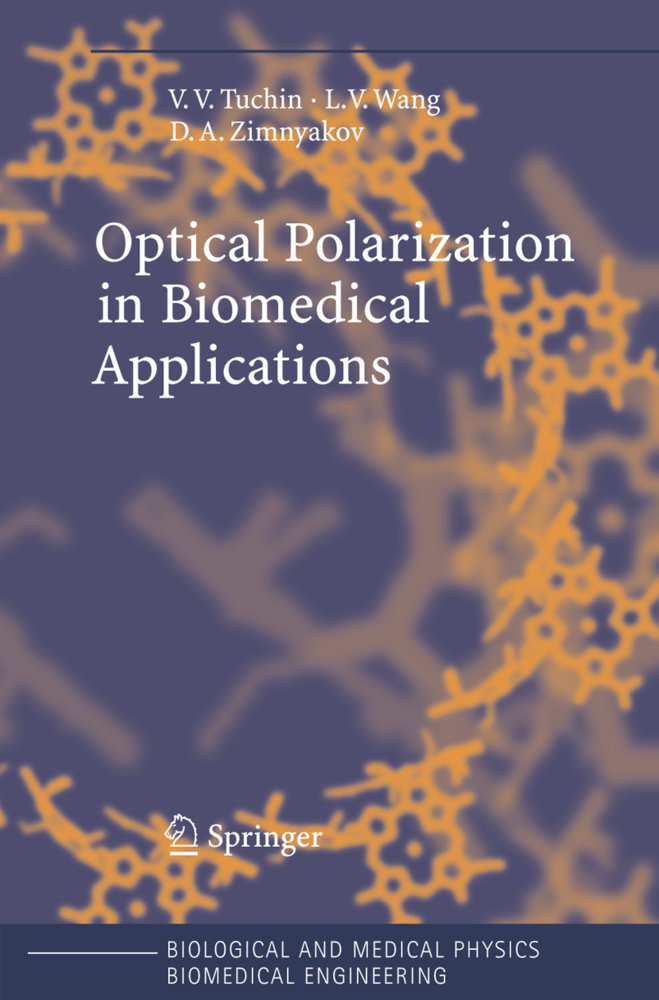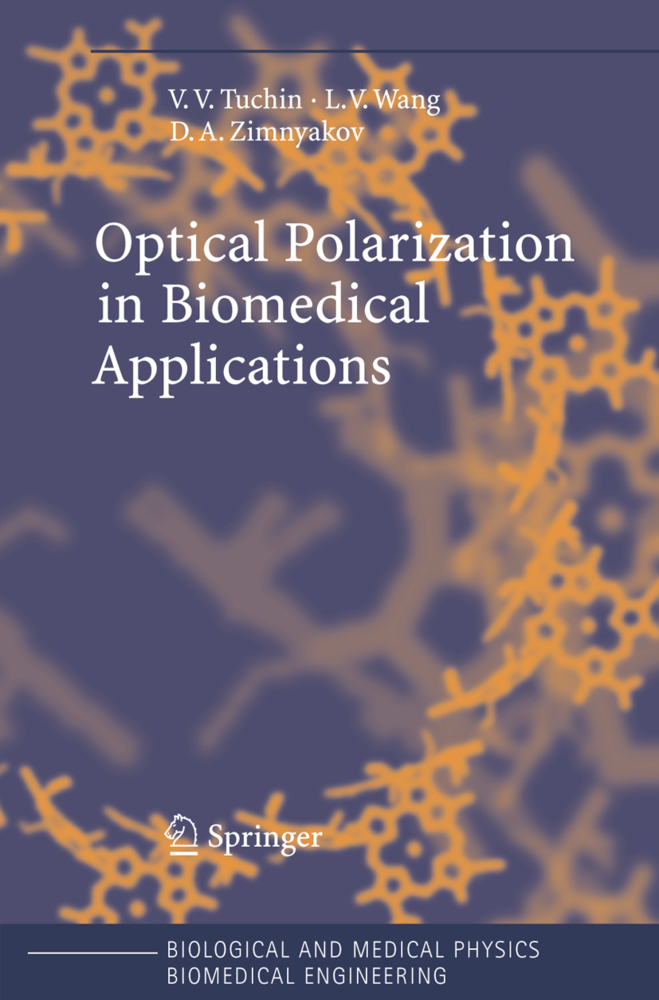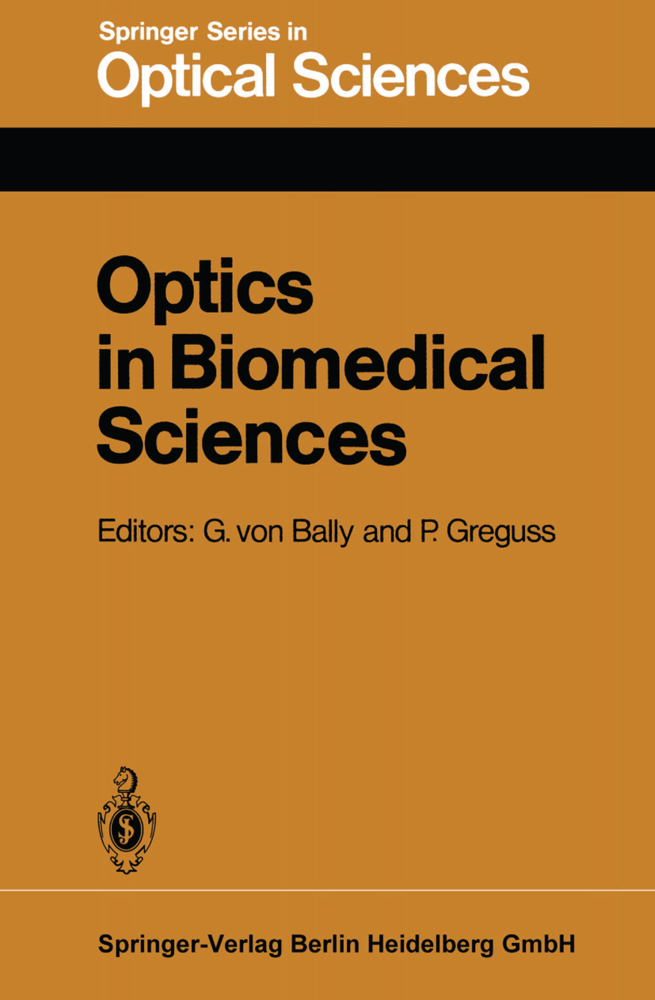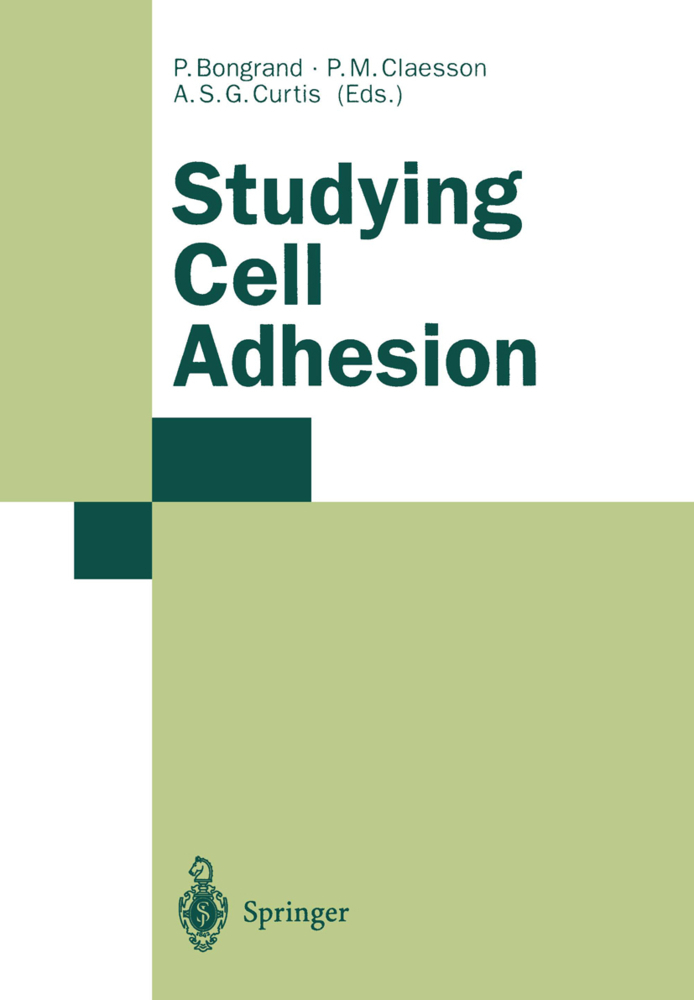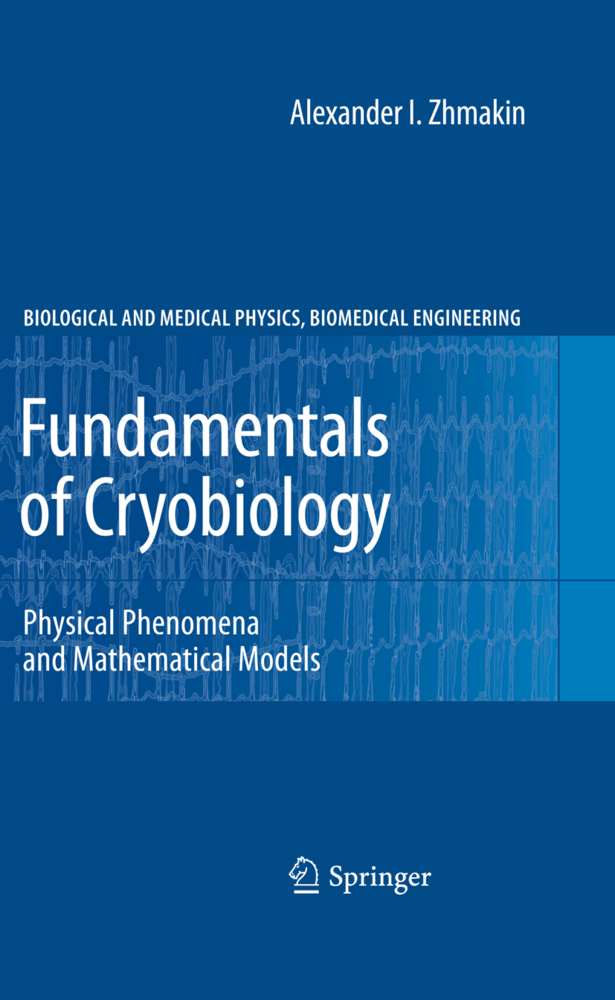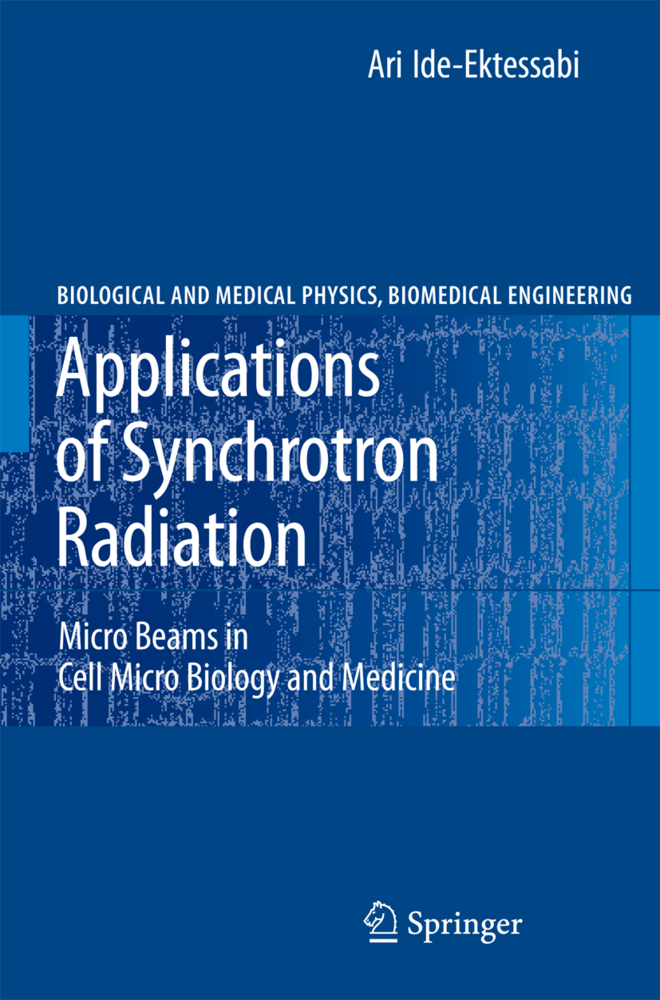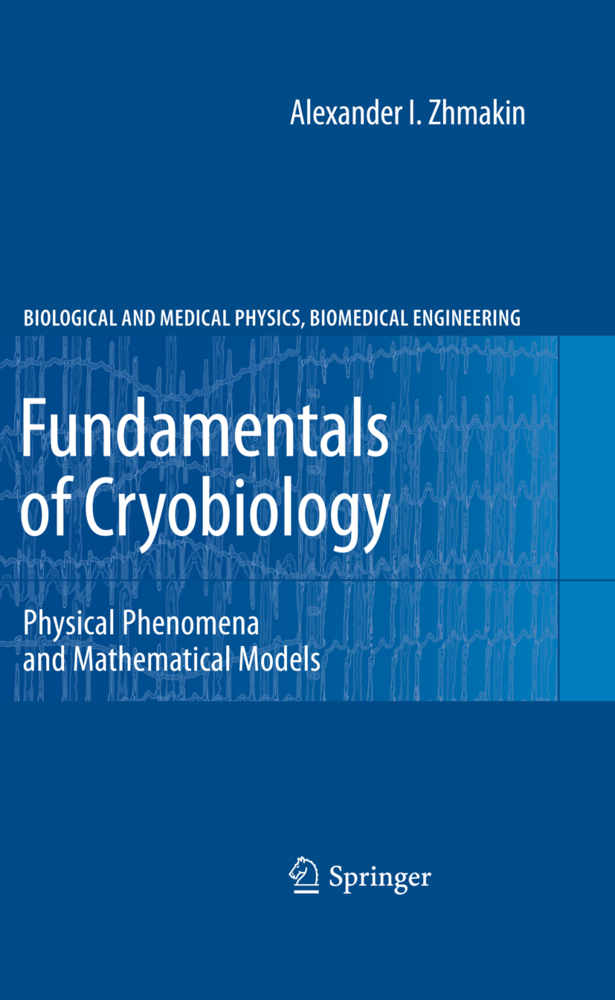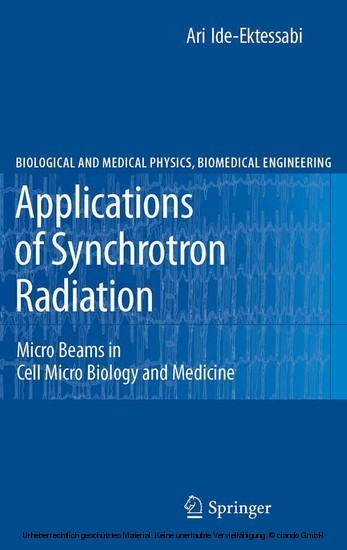More profound understanding of the nature of light and light-matter interactions in biology has enabled many applications in the biology and medical fields. So a new discipline is born, namely biophotonics.
The aim of this book is to review the current state-of-the-art of the field by means of authoritative chapters written by the world leaders of the respective fields. This book will be useful not only to professionals, but also to graduate students interested in this field.
Lorenzo Pavesi is Professor of experimental physics at the university of Trento (Italy). Born the 21st of november 1961, he received the phd in physics in 1990 at the ecole polytechnique federale of lausanne (switzerland). in 1990 he became assistant professor, an associate professor in 1999 and full professor in 2002 at the university of Trento. He founded the research activity in semiconductor optoelectronics at the university of Trento and started several laboratories of optical spectroscopy, growth and advanced treatment of materials. During the last years, he concentrated on Si-based photonics, of which is one the leading experts worldwide. Recently his interested moved to nanoscience including nanobiotechnology and to the convergence of the nano- with the microtechnologies.
Professor Philippe Fauchet is a Distinguished Professor of Electrical and Computer Engineering at the University of Rochester (USA), where he is also Professor of Optics, Biomedical Engineering, and Materials Science. He received his Ph.D. in Applied Physics from Stanford University in 1984 and taught at Stanford and Princeton Universities before joining the University of Rochester in 1990. His research areas are in nanoscience and nanotechnology with silicon, optical and electrical biosensors, electroluminescent materials and devices, and optical diagnostics. In 1998, he founded the Center for Future Health, a multidisciplinary center involving scientists, engineers, physicians, nurses, and social scientist working together to develop devices and systems that can keep people healthy. He is a Fellow of the Optical Society of America, the American Physical Society, and the Institute of Electrical and Electronic Engineering.
1;Preface;7 2;List of Contributors;16 3;1 Light Conversion in Photosynthetic Organisms;22 3.1;1.1 Introduction;22 3.2;1.2 Chloroplast Structure;23 3.3;1.3 Pigments and Light Absorption;24 3.4;1.4 Photosynthetic Apparatus;25 3.5;1.5 Cyclic Phosphorylation;30 3.6;1.6 Photoinhibition;31 4;2 Exploiting Photosynthesis for Biofuel Production;36 4.1;2.1 Biological Production of Vehicle Traction Fuels: Bioethanol and Biodiesel;38 4.2;2.2 Hydrogen Biological Production by Fermentative Processes;40 4.3;2.3 Hydrogen Production by Photosynthetic Organisms;42 4.4;2.4 Challenges in Algal Hydrogen Production;44 5;3 In Between Photosynthesis and Photoinhibition: The Fundamental Role of Carotenoids and Carotenoid-Binding Proteins in Photoprotection;50 5.1;3.1 When Light Becomes Dangerous for a Photosynthetic Organism;50 5.2;3.2 Acclimation;52 5.3;3.3 State 1-State 2 Transitions;53 5.4;3.4 Carotenoids Play a Fundamental Role in Many Photoprotection Mechanisms;54 5.5;3.5 Analysis of Xanthophyll Function In Vivo;57 5.6;3.6 Nonphotochemical Quenching;59 5.7;3.7 Feedback Deexcitation of Singlet-Excited Chlorophylls: qE;60 5.8;3.8 .pH - Independent Energy Thermal Dissipation (qI);61 5.9;3.9 Chlorophyll Triplet Quenching;62 5.10;3.10 Scavenging of Reactive Oxygen Species;62 5.11;3.11 Conclusions;64 6;4 Non-Linear Microscopy;68 6.1;4.1 Introduction;68 6.2;4.2 Chronological Notes on MPE;69 6.3;4.3 Principles of Confocal and Two-Photon Fluorescence Microscopy;70 6.4;4.4 Two-Photon Excitation;76 6.5;4.5 Two-Photon Optical Sectioning;80 6.6;4.6 Two-Photon Optical Setup;81 6.7;4.7 Second Harmonic Generation (SHG) Imaging;84 6.8;4.8 Conclusions;86 7;5 Applications of Optical Resonance to Biological Sensing and Imaging: I. Spectral Self-Interference Microscopy;91 7.1;5.1 High-Resolution Fluorescence Imaging;91 7.2;5.2 Self-Interference Imaging;91 7.3;5.3 Physical Model of SSFM;93 7.4;5.4 Acquisition and Data Processing;95 7.5;5.5 Experimental Results;97 7.6;5.6 SSFM in 4Pi Con.guration;102 7.7;5.7 Conclusions;104 8;6 Applications of Optical Resonance to Biological Sensing and Imaging: II. Resonant Cavity Biosensors;107 8.1;6.1 Multianalyte Sensing;107 8.2;6.2 Resonant Cavity Imaging Biosensor;108 8.3;6.3 Optical Sensing of Biomolecules Using Microring Resonators;114 8.4;6.4 Conclusions;118 9;7 Biodetection Using Silicon Photonic Crystal Microcavities;120 9.1;7.1 Photonic Crystals: A Short Introduction;120 9.2;7.2 One-Dimensional PhC Biosensors;126 9.3;7.3 Selected Biosensing Results;133 9.4;7.4 Two-Dimensional PhC Biosensors;137 9.5;7.5 Conclusions;143 10;8 Optical Coherence Tomography with Applications in Cancer Imaging;146 10.1;8.1 Introduction;146 10.2;8.2 Principles of Operation;147 10.3;8.3 Optical Sources for Optical Coherence Tomography;152 10.4;8.4 Fourier-Domain Optical Coherence Tomography;152 10.5;8.5 Beam Delivery Instruments for Optical Coherence Tomography;154 10.6;8.6 Spectroscopic Optical Coherence Tomography;155 10.7;8.7 Applications to Cancer Imaging;157 10.8;8.8 Optical Coherence Tomography Contrast Agents;160 10.9;8.9 Molecular Imaging using Optical Coherence Tomography;164 11;9 Coherent Laser Measurement Techniques for Medical Diagnostics;170 11.1;9.1 Introduction;170 11.2;9.2 Electronic Speckle Pattern Interferometry (ESPI);171 11.3;9.3 Endoscopic Electronic Speckle Pattern Interferometry (ESPI);175 11.4;9.4 Microscopic (Speckle) Interferometry;180 11.5;9.5 Digital Holographic Microscopy;183 11.6;9.6 Discussion and Conclusions;192 12;10 Biomarkers and Luminescent Probes in Quantitative Biology;195 12.1;10.1 Fluorophores and Genetic Dyes;195 12.2;10.2 Microspectroscopy in Quantitative Biology: Where and How;201 13;11 Fluorescence-Based Optical Biosensors;216 13.1;11.1 Introduction;216 13.2;11.2 Biological Recognition Molecules and Assay Formats;217 13.3;11.3 Displacement Immunosensors;220 13.4;11.4 Fiber Optic Biosensors;221 13.5;11.5 Bead-Based Biosensors;226 13.6;11.6 Planar Biosensors;227 13.7;11.7 Critical Issues and Future Opportuni
Pavesi, Lorenzo
Fauchet, Philippe M.
| ISBN | 9783540767824 |
|---|---|
| Artikelnummer | 9783540767824 |
| Medientyp | E-Book - PDF |
| Auflage | 2. Aufl. |
| Copyrightjahr | 2008 |
| Verlag | Springer-Verlag |
| Umfang | 336 Seiten |
| Sprache | Englisch |
| Kopierschutz | Digitales Wasserzeichen |

